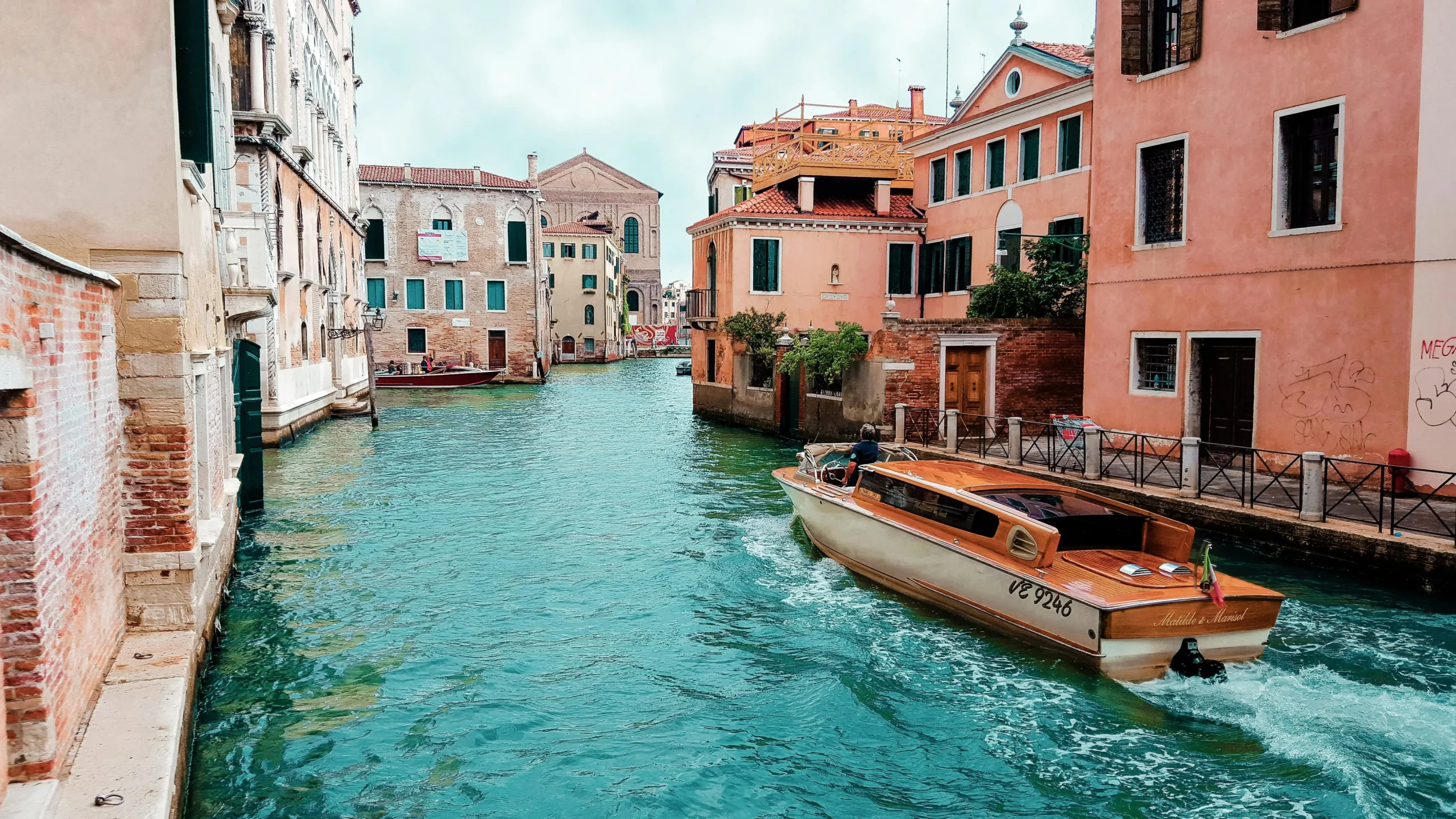
Traveling to Italy? Here’s What You Need to Know About Visas
If you’re traveling to Italy, understanding the visa requirements is crucial for a hassle-free experience. Whether you plan to explore the historic streets of Rome, relax on the Amalfi Coast, or savor the culinary delights of Tuscany, having the correct visa will ensure a smooth entry into the country. Here’s a comprehensive guide to Italy’s visa requirements.
Do You Need a Visa When Traveling to Italy?
Whether you need a visa to travel to Italy depends on your nationality and the purpose of your visit. Citizens from many countries, including the United States, Canada, Australia, and most EU nations, can enter Italy for short stays (up to 90 days) for tourism or business without a visa. However, if you’re planning to stay longer or for other purposes like work or study, you will need to apply for the appropriate visa.
Types of Visas Available for Travelers to Italy
When traveling to Italy, consider the following types of visas based on your visit’s purpose:
- Schengen Visa (Short-Stay Visa): This visa allows stays of up to 90 days within a 180-day period for tourism, business, or family visits. Italy is part of the Schengen Area, which includes 26 European countries.
- National Visa (Long-Stay Visa): If you plan to stay in Italy for more than 90 days for work, study, or family reunification, you will need a national visa.
- Transit Visa: For travelers passing through Italy to another destination, a transit visa may be required if you are stopping at an airport in Italy for more than 24 hours.
How to Apply for a Visa When Traveling to Italy
If you need to apply for a visa to travel to Italy, here’s how to do it:
- Determine Your Visa Type: Identify the appropriate visa based on your travel purpose.
- Make an Appointment: Schedule an appointment at the nearest Italian embassy or consulate in your country.
- Prepare Required Documents: Gather the necessary documents, including:
- A valid passport
- A completed visa application form
- A recent passport-sized photo
- Proof of travel arrangements (flight itinerary)
- Proof of accommodation (hotel reservations)
- Proof of sufficient financial means for your stay
Visa Fees for Travelers to Italy
Visa fees vary based on your nationality and the type of visa you are applying for. Typically, the fee for a Schengen visa is around €80, while fees for long-stay national visas can be higher.
Visa Fees for Traveling to Italy
If you’re from a visa-exempt country, you can enjoy visa-free travel to Italy for short stays of up to 90 days. This applies to tourism, business, or family visits, but you cannot engage in paid employment or study without the appropriate visa.
Extending Your Stay in Italy
If you wish to extend your stay beyond the allowed period while traveling to Italy, you’ll need to apply for an extension at the local immigration office. Extensions are granted at the discretion of immigration authorities, so ensure you have a valid reason for your request.
Important Tips for a Smooth Entry
- Keep a Return Ticket Handy: When traveling to Italy on a short-stay visa, be prepared to show proof of your return travel.
- Proof of Accommodation: Be ready to present evidence of where you’ll be staying during your visit.
- Health Insurance: It’s advisable to have travel health insurance covering medical expenses for your time in Italy.
Conclusion
Traveling to Italy is a dream for many, offering incredible culture, history, and cuisine. By understanding visa requirements and preparing the necessary documents, you’ll ensure a smooth journey into this beautiful country. Always check the latest regulations and requirements before your trip to enjoy your Italian adventure without any hitches.
You my also like
Best Countries to Visit in the World: Top Travel Destinations for Every Traveler










No Comment